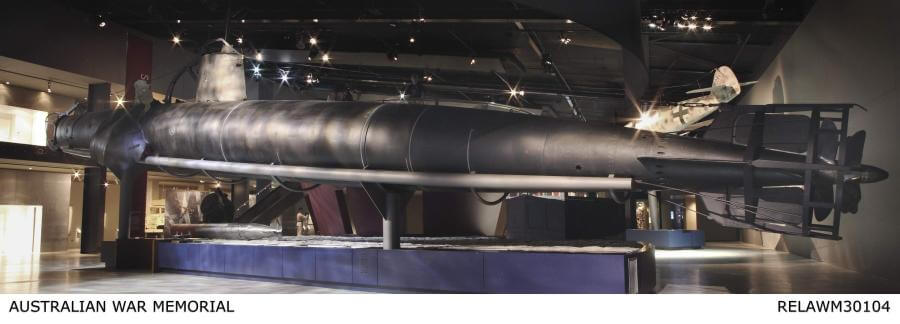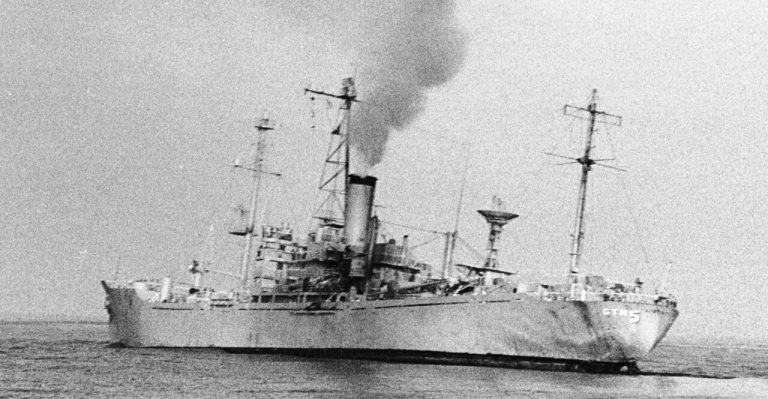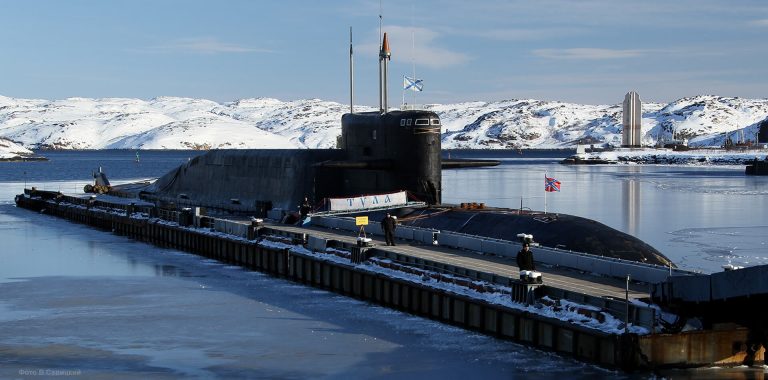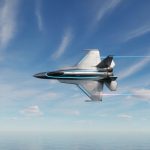When we think of World War II battles, images of Europe, the Pacific islands, or North Africa come to mind. But in 1942, the war came right to Australia’s doorstep — specifically, Sydney Harbour. On the night of May 31st, 1942, Japanese midget submarines launched a daring and deadly attack inside one of the most iconic harbours in the world. It’s a story many Australians still don’t know in detail — and one that reveals just how close the enemy came.
Background: Australia Under Threat
By 1942, the war in the Pacific was raging. Japan had swept through Southeast Asia, captured Singapore, and bombed Darwin. Australia was no longer a distant spectator — it had become a target.
Sydney, as a major port and military hub, was on high alert. Yet, no one expected that Japanese submarines could get so close — or enter the harbour itself.
The Plan: Japan’s Stealth Submarine Attack
Japan’s goal was to disrupt Allied shipping and damage morale. They sent a “mother” submarine fleet carrying three two-man midget submarines (Type A Ko-hyoteki). These small, battery-powered vessels were about 24 meters long, and designed to sneak into harbours undetected.
Their mission:
- Infiltrate Sydney Harbour.
- Sink Allied warships, especially the heavy cruiser USS Chicago.
- Create fear and confusion among the Australian public.
The Defences: Sydney Wasn’t Fully Prepared
Sydney Harbour was defended, but not perfectly:
- Anti-submarine nets were stretched across the entrance, but there were gaps.
- Patrol boats and lookouts were on watch, but many mistook signs of intrusion for false alarms.
The Attack: Night of Chaos
🚨 Entry Into the Harbour
Around 8 PM, the first Japanese midget submarine (M-27) was detected near the boom nets. A patrolling watchman saw something unusual — a periscope. Alarms were raised.
💥 The First Casualty
The HMAS Kuttabul, a converted ferry used to house sailors, was anchored near Garden Island. One of the submarines fired its torpedoes at USS Chicago, but missed. Instead, the torpedoes exploded near the Kuttabul.
- The explosion killed 21 Australian and British sailors.
- The ferry was blown in half and sank quickly.
🎯 Other Submarines
Two other midget submarines also entered the harbour:
- One got caught in the boom net and self-destructed.
- Another tried to escape but was found later scuttled with both crew dead.
Aftermath: The Hidden Submarine War
While the attack didn’t cause large-scale destruction, it shocked the nation:
- Sydney was vulnerable — and people now knew it.
- Authorities realized the Japanese navy was willing to strike deep into Allied territory.
In the days following the attack, Allied ships scattered, and harbour defences were rapidly improved. The wreckage of the submarines was later recovered, and the Japanese sailors were buried with military honours in Sydney — a gesture of respect for brave enemies.
Today, parts of the wrecked submarines are on display at the Australian War Memorial in Canberra and the Maritime Museum in Sydney. A memorial stands near Garden Island, where the HMAS Kuttabul was sunk.
In 2006, the wreck of one of the submarines was found off Sydney’s northern beaches, preserved underwater for over 60 years.
Royal Australian Navy (Navy.gov.au)







